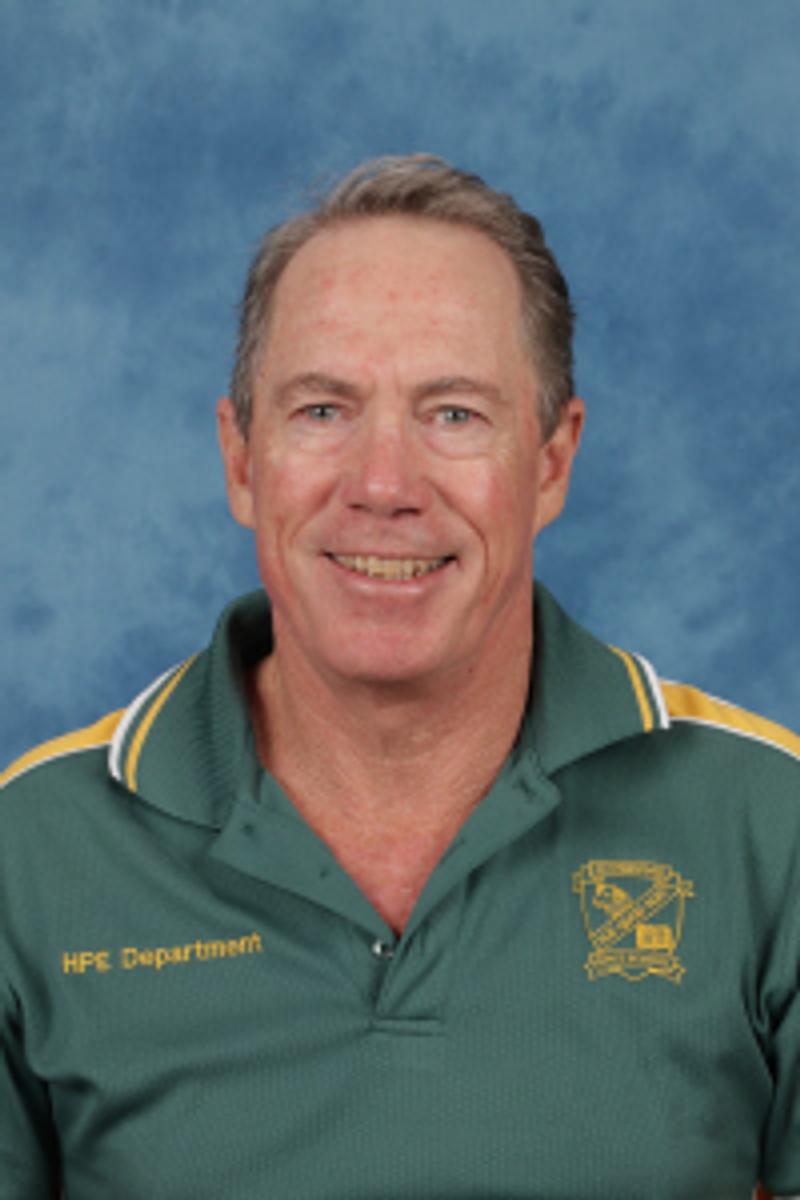Educational Achievement

Reading
At Goondiwindi State School, we learn to read by taking a Structured Synthetic Phonics approach to reading.
What is structured synthetic phonics?
It is an evidence-based, structured approach to teaching reading. Children are explicitly taught the relationship between the phonemes (sounds) and the graphemes (letters) of our written language so they are able to read and write words.
We teach a specific structure, teaching a small group of sounds/letters at a time, starting with a group of commonly used letters/ sounds (s, a, t, p, i, n). These can be manipulated into creating a variety of simple words and sentences that students can read and write. Once these 6 sounds and letters are mastered, more sounds and letters are introduced so students can read and write larger and more complex words.
Students take a synthetic phonics approach, meaning they are taught individual sounds, then the put them together (blend) to form words. For example, the individual sounds s / a/ t put together becomes sat. This is decoding. The reverse of this is employed for students to write words. Students are given the word tip and segment that into 3 individual sounds t / i / p and can write each sound separately. This is encoding.
The goal is for students to blend and segment words enough for them to develop automaticity, meaning they have moved the word into their long term memory and no longer need to spend a lot of brain power on reading it or writing it. This is why, as adults, we can automatically recognise words we see written all the time, but when faced with a word that is new, we have to slow down and break it apart to read. We are following the same process as beginning readers.
The important thing to remember in the learning to read process, is that reading does not develop automatically and is a complex, tricky skill. Some students will take to reading easily and quickly, while others may need lots more practise and repetition to move sounds and words to their long term memory.
Music
In Classroom Music at GSPS, we play a lot of different instruments including xylophones, boomwhackers, drums, claves, maracas, chime bars, recorders and ukuleles. We don’t do these for the instruments themselves (although they are a lot of fun). We mainly use these as tools to learn musical concepts and to practise beat, rhythm and melodic concepts. We use these tools to access the curriculum.
The Year Fives and Sixes are currently playing ukulele and are doing a fantastic job of working those fingers to shape the chords, strumming in time, reading the chord charts and singing in tune all at the same time! Beneath all of this musical learning, other learning is happening, we are learning about pattern recognition and to sync our patterns with others. This is helping us recognise patterns in other concepts like in Maths and Science. So much is going on while we are strumming away and having a great time.
Health & Physical Education
Swimming Timetable
| Tuesday | Wednesday | Thursday | Friday |
|---|---|---|---|---|
9:15am - 10:15am | 5/6P & 5J | 3S & 3E | 4D & 4O | 6DB & 6P |
11:15am - 12pm | 1S | 2/3B | Prep C |
|
12pm - 12:45pm | 1H | 1WS | Prep M |
|
1:45pm - 2:45pm | 4S & 5AC | 2LM | 2H |
|
We have come to an end of our first block of skill development for the term. All students have been working hard at striking balls. Students in the junior school have been working very hard at hitting a ball from tee. Their skill level has improved dramatically. Students in the senior school have been working on improving their skill level at hitting a moving ball.
Swimming is next and I am looking forward to these lessons. As previously mentioned, our aims are to improve the students' awareness of water safety and to improve their ability to swim. Different year levels have different aims. Parents are more than welcome to come down to the pool and help with lessons or simply observe their child. Help in the water with Prep to Year 2 students is always needed. Please see your child's classroom teacher if you can help.

